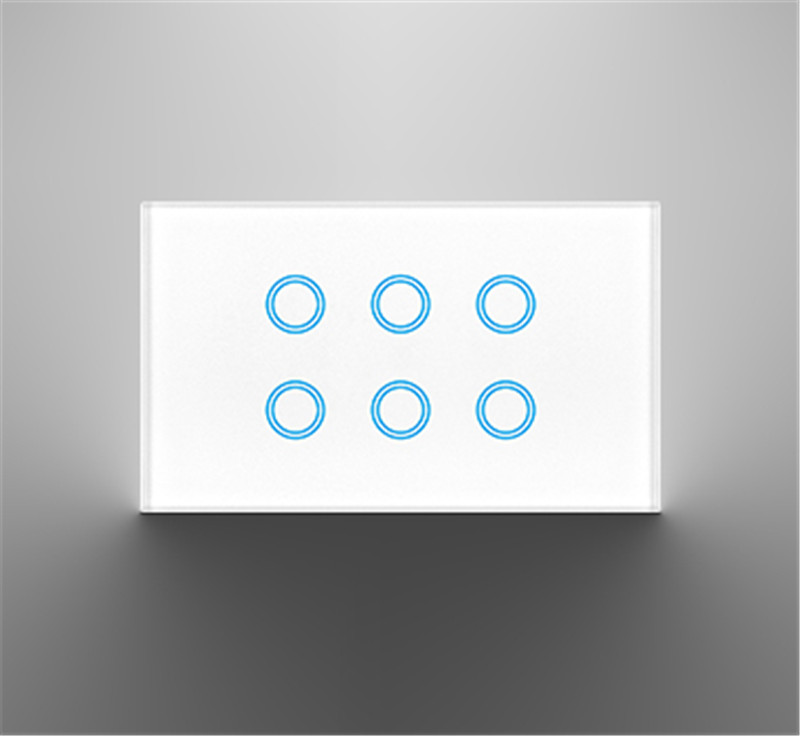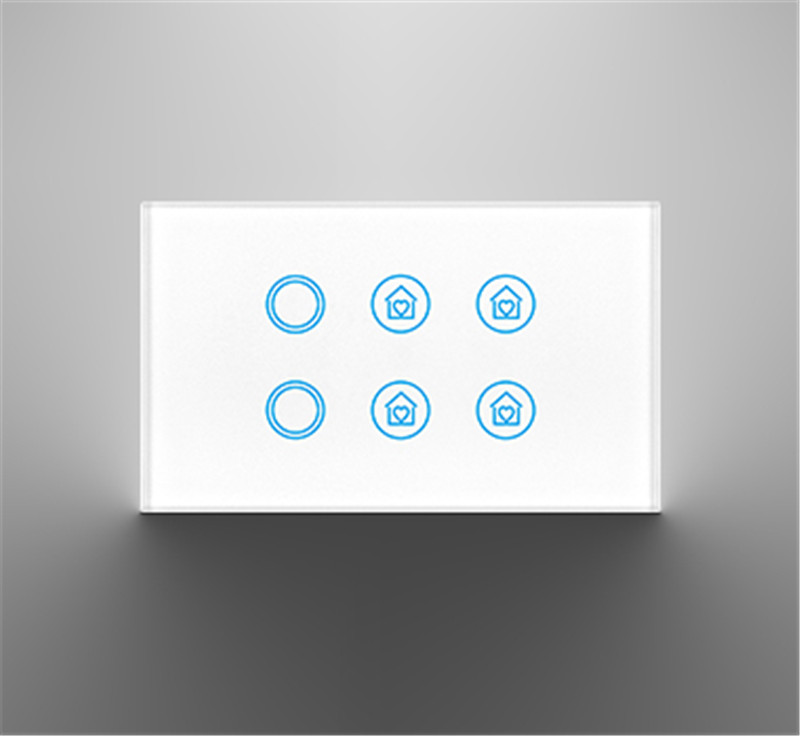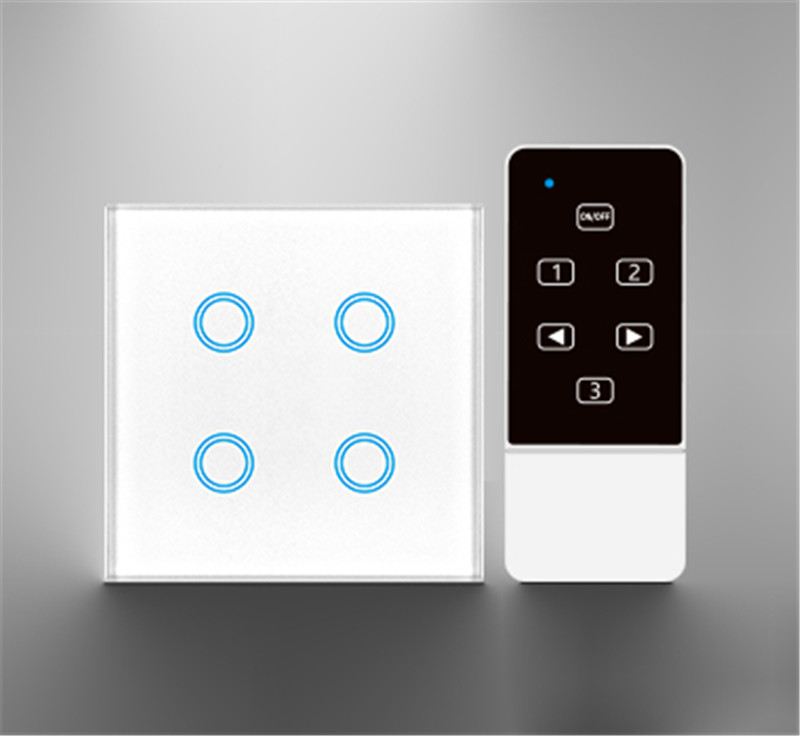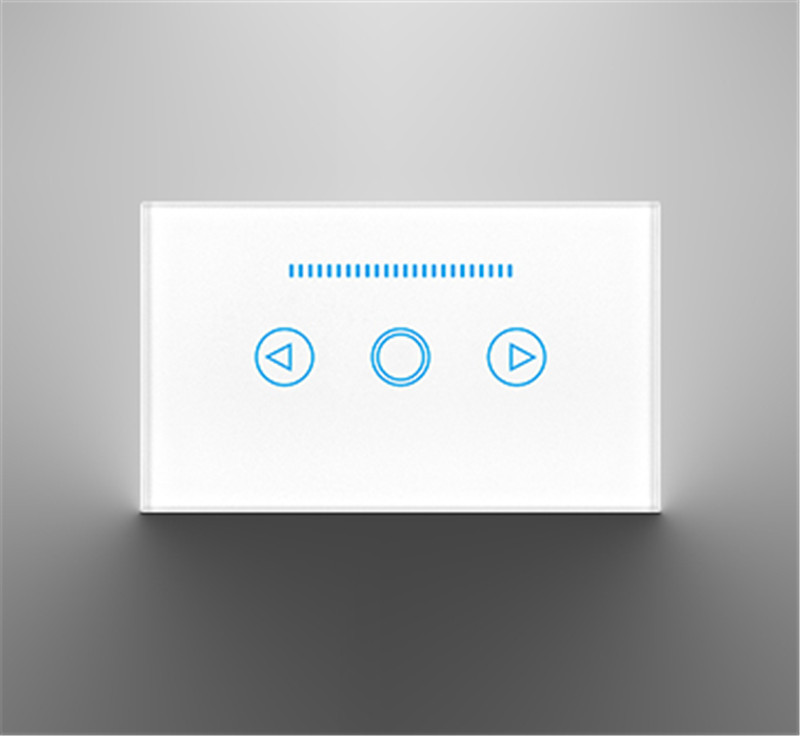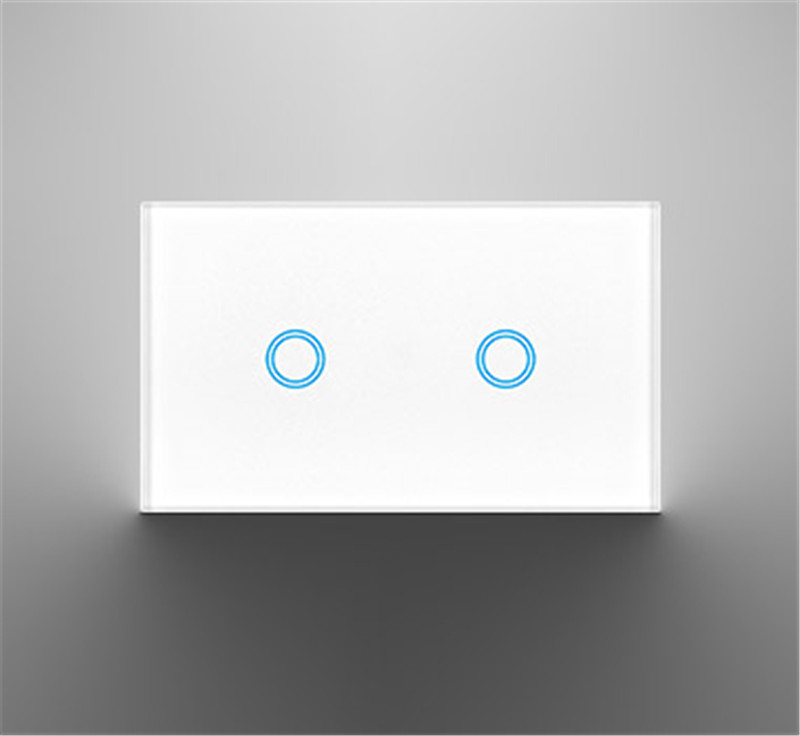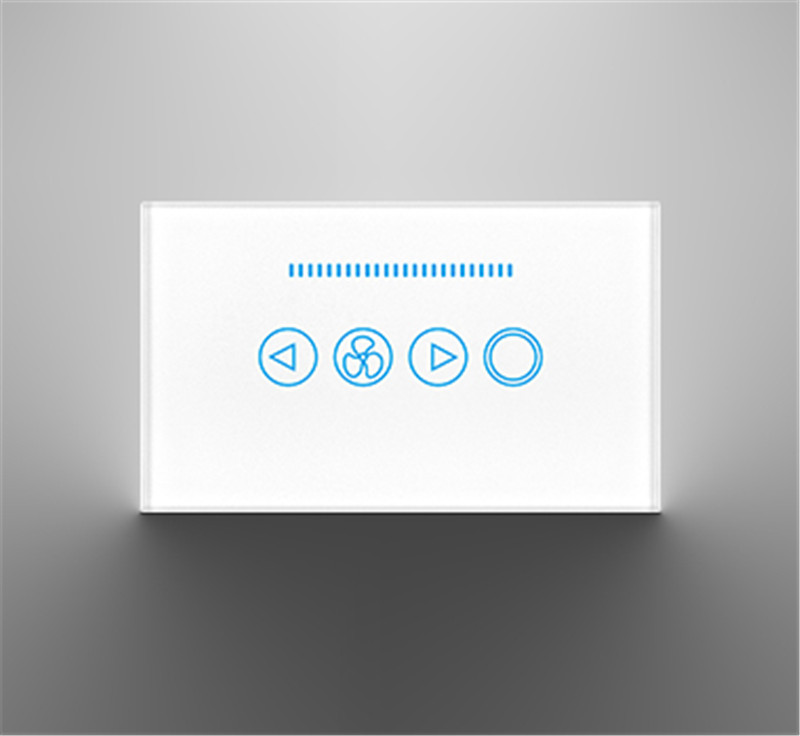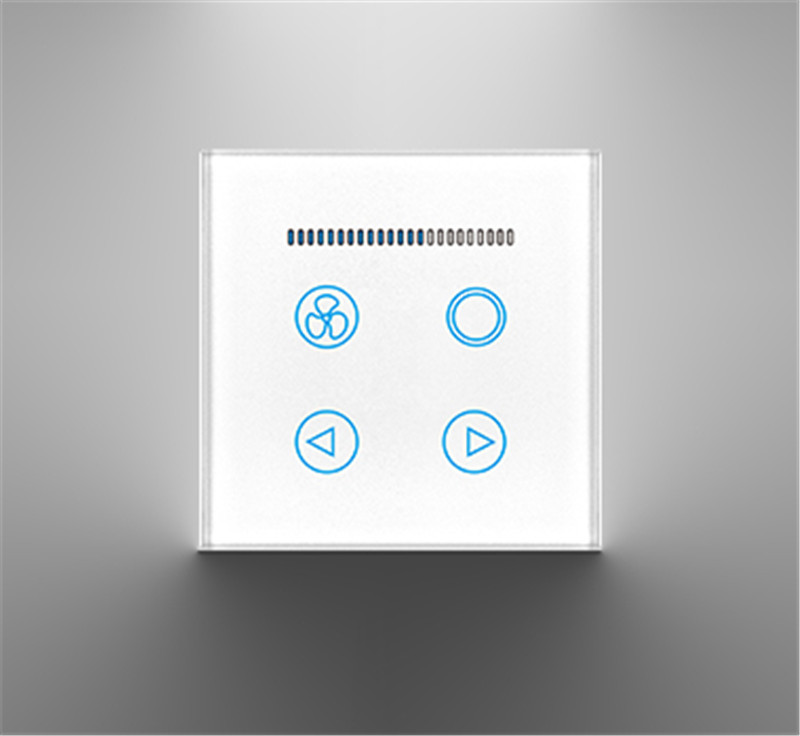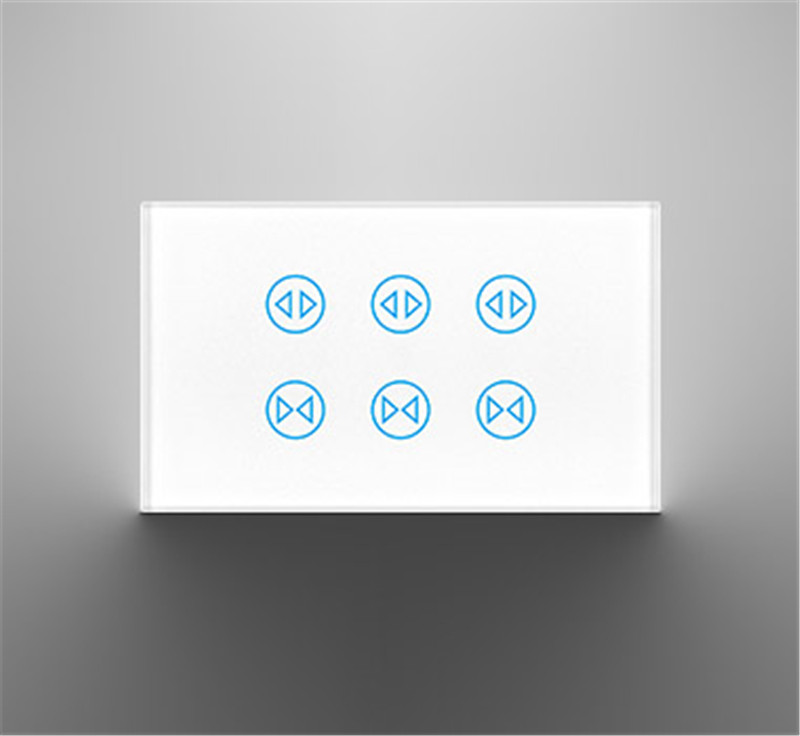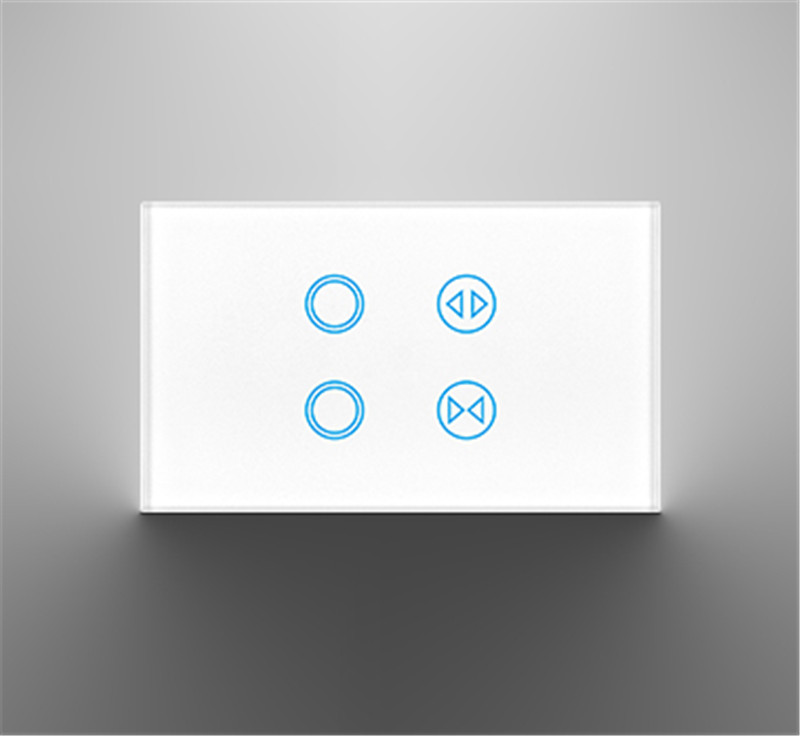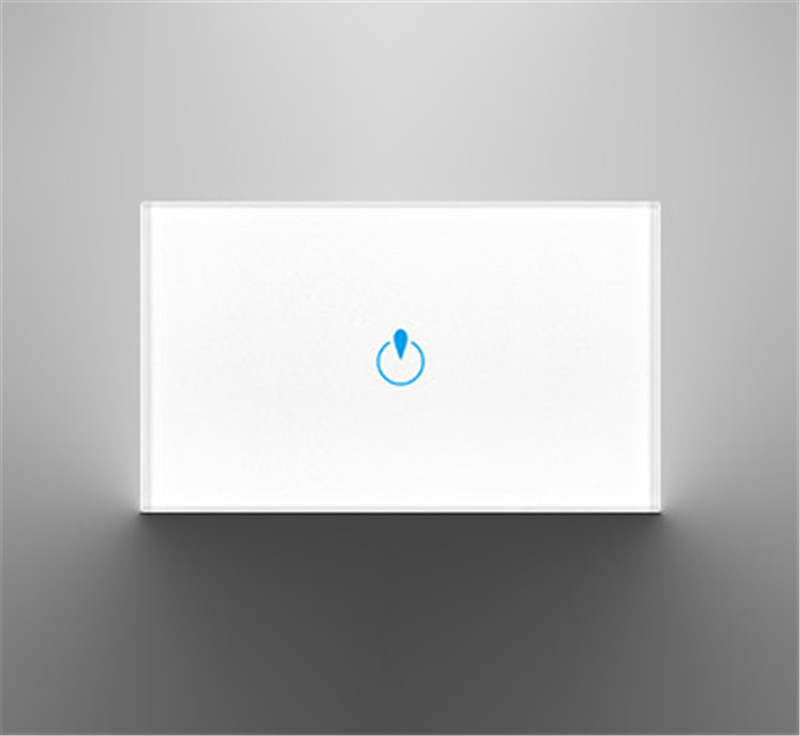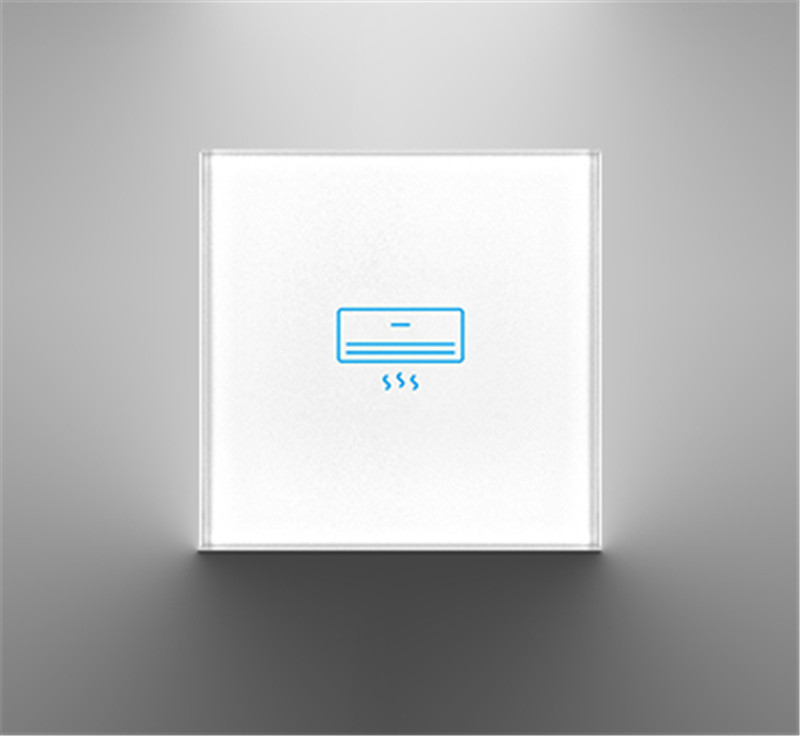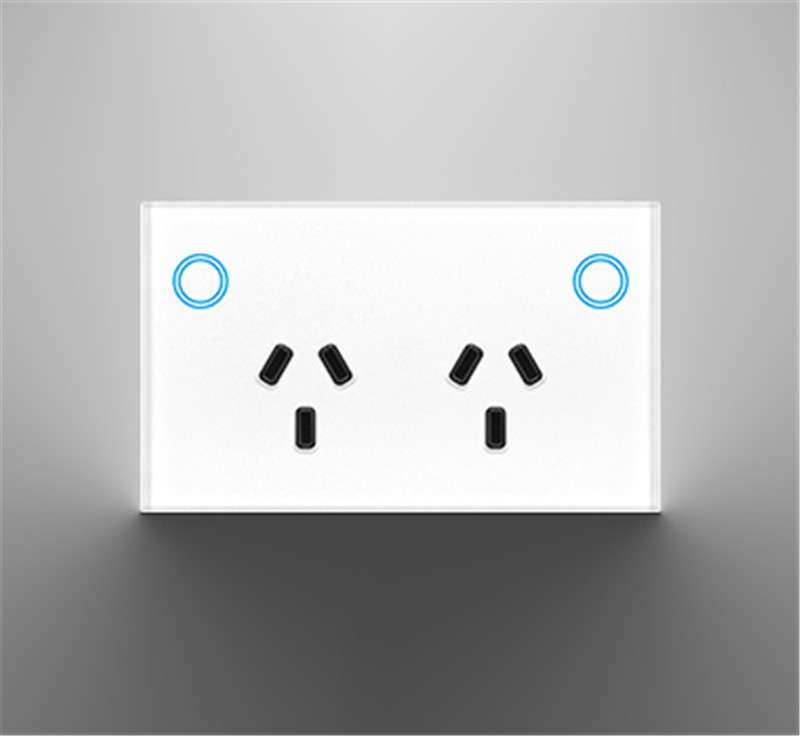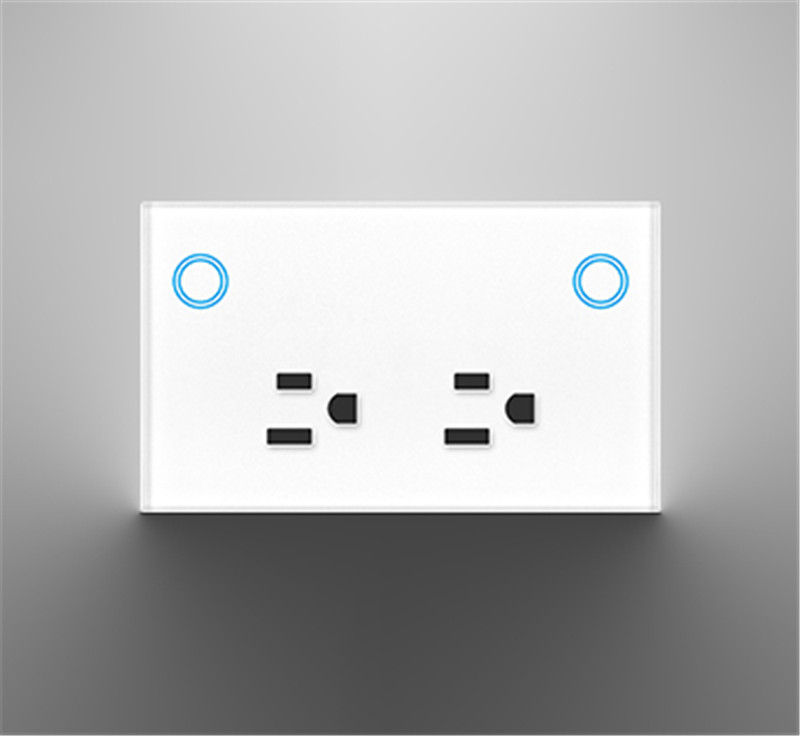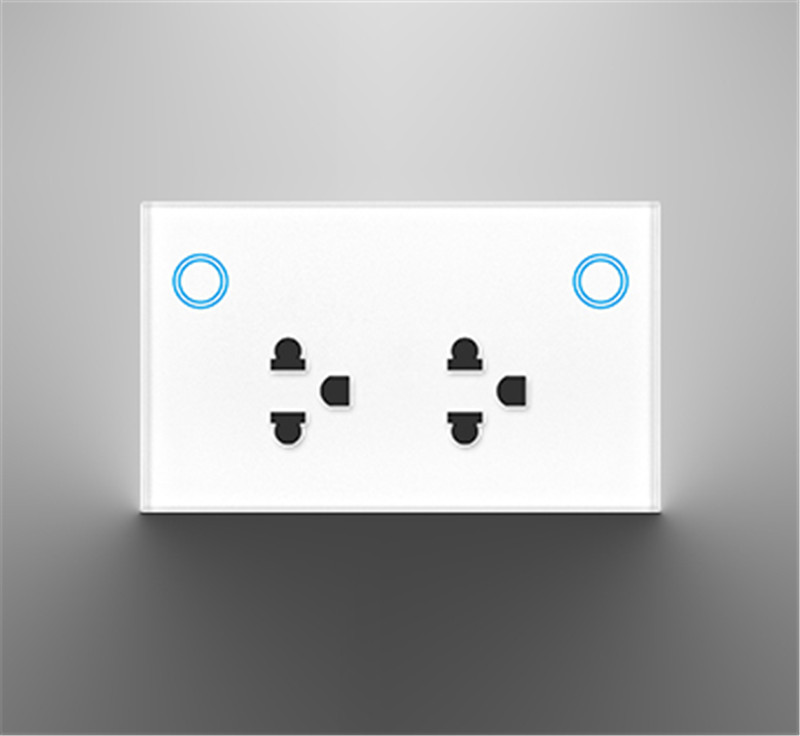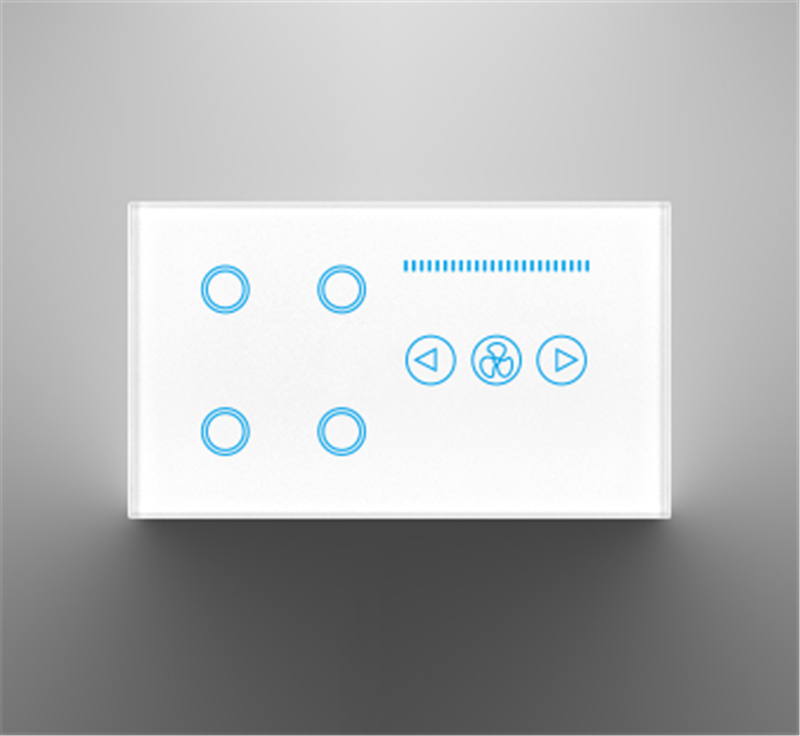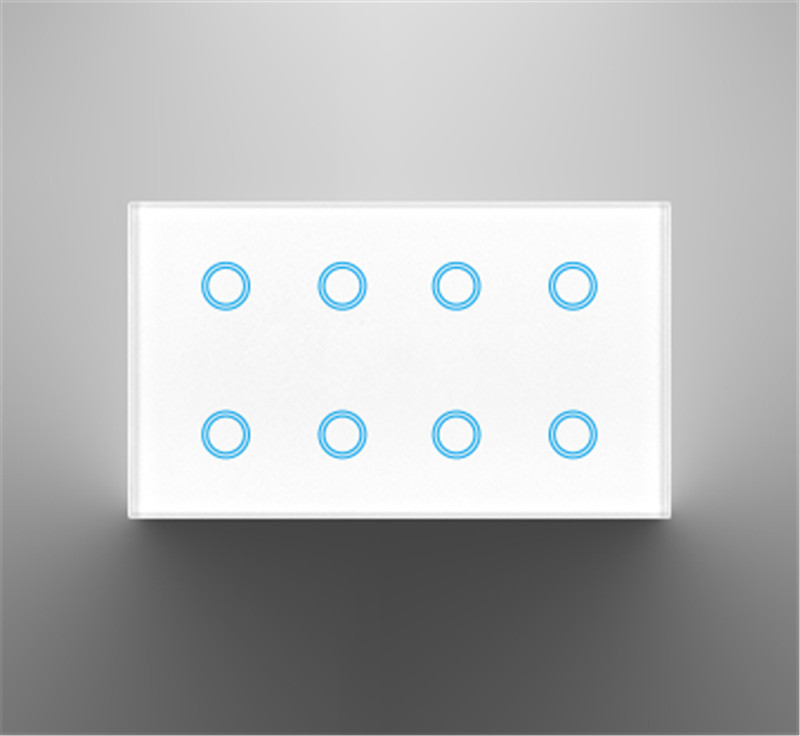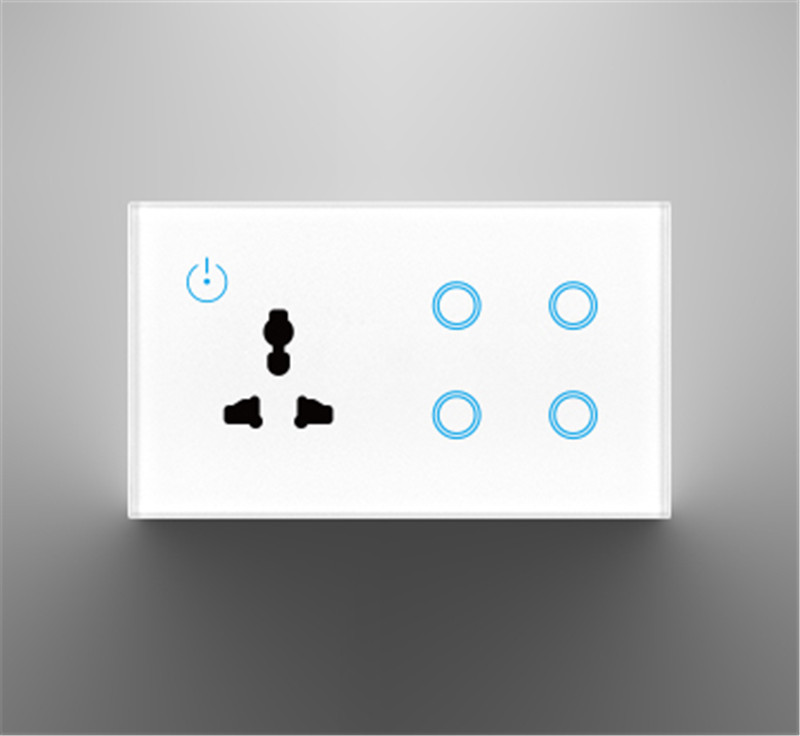The Internet of Things (IoT) refers to a network of physical devices (or "things") embedded with sensors, software, and connectivity that enables them to collect, exchange, and act on data. These devices range from everyday household objects to industrial machines, all connected to the internet to enable smarter automation, monitoring, and control.
Key Features of IoT:
Connectivity – Devices communicate via Wi-Fi, Bluetooth, Zigbee, or other protocols.
Sensors & Data Collection – IoT devices gather real-time data (e.g., temperature, motion, location).
Automation & Control – Devices can act on data (e.g., smart switch adjusting light on/off).
Cloud Integration – Data is often stored and processed in the cloud for analytics.
Interactivity – Users can monitor and control devices remotely via apps or voice assistants.
Examples of IoT Applications:
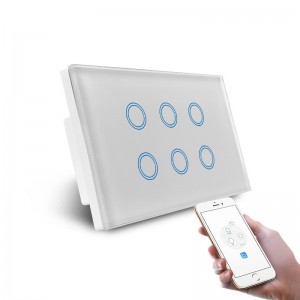

Smart Home: Smart socket, Smart switch (e.g., Light,Fan,Water Heater,Curtain).
Wearables: Fitness trackers (e.g., Fitbit, Apple Watch).
Healthcare: Remote patient monitoring devices.
Industrial IoT (IIoT): Predictive maintenance in factories.
Smart Cities: Traffic sensors, smart streetlights.
Agriculture: Soil moisture sensors for precision farming.
Benefits of IoT:
Efficiency – Automates tasks, saving time and energy.
Cost Savings – Reduces waste (e.g., smart energy meters).
Improved Decision-Making – Data-driven insights.
Convenience – Remote control of devices.
Challenges & Risks:
Security – Vulnerable to hacking (e.g., unsecured cameras).
Privacy Concerns – Data collection risks.
Interoperability – Different devices may not work together seamlessly.
Scalability – Managing millions of connected devices.
IoT is rapidly expanding with advancements in 5G, AI, and edge computing, making it a cornerstone of modern digital transformation.
Post time: Jun-20-2025

